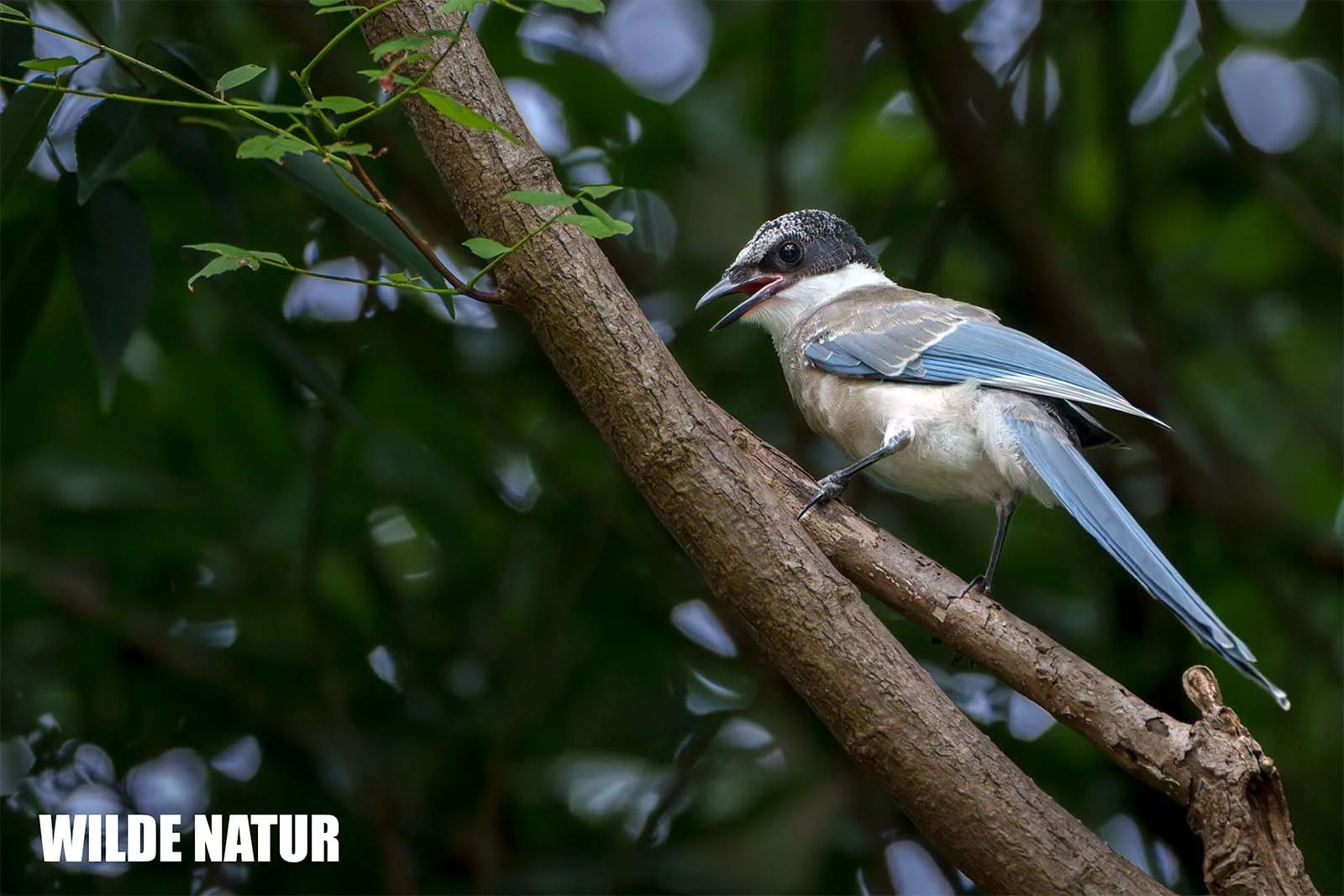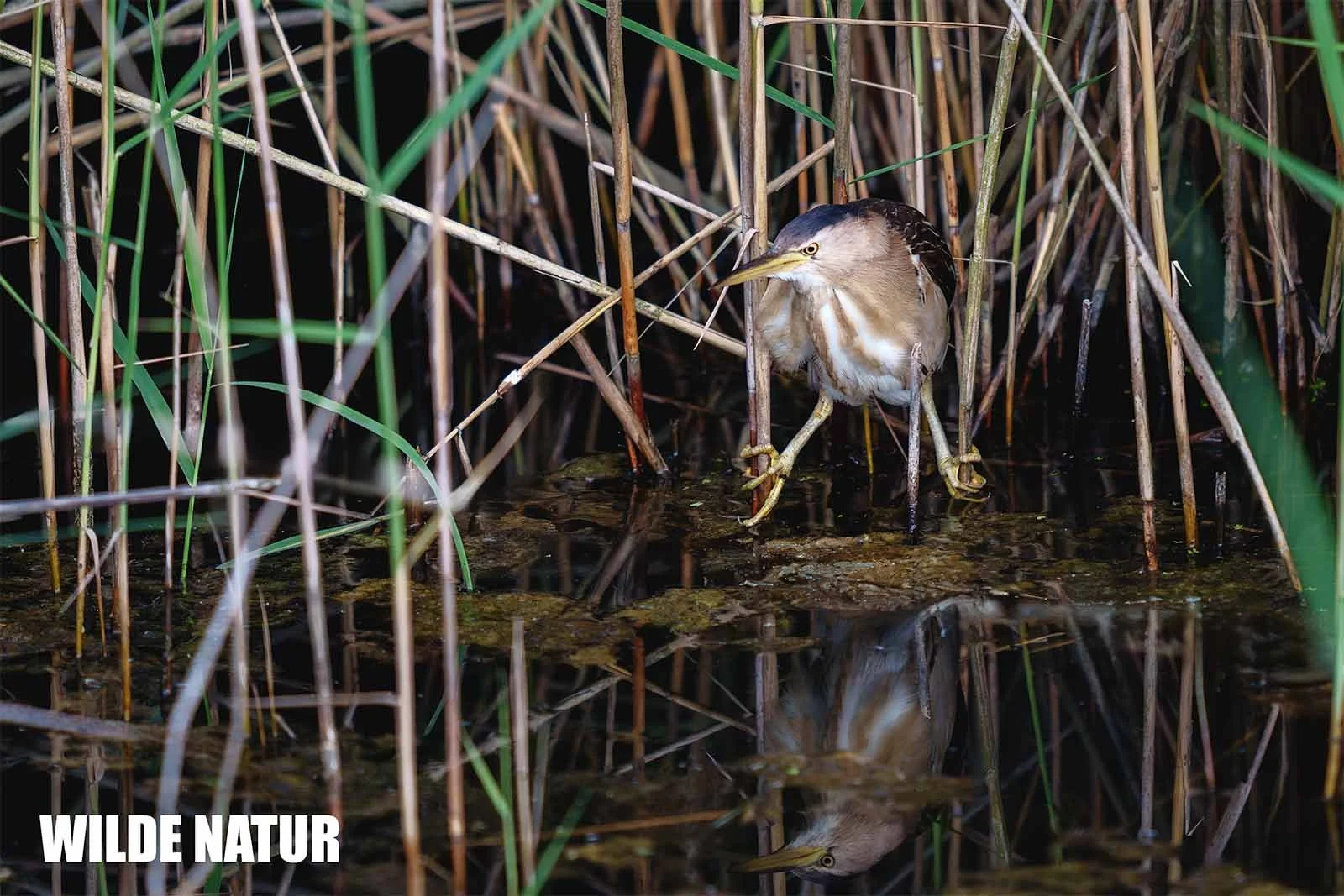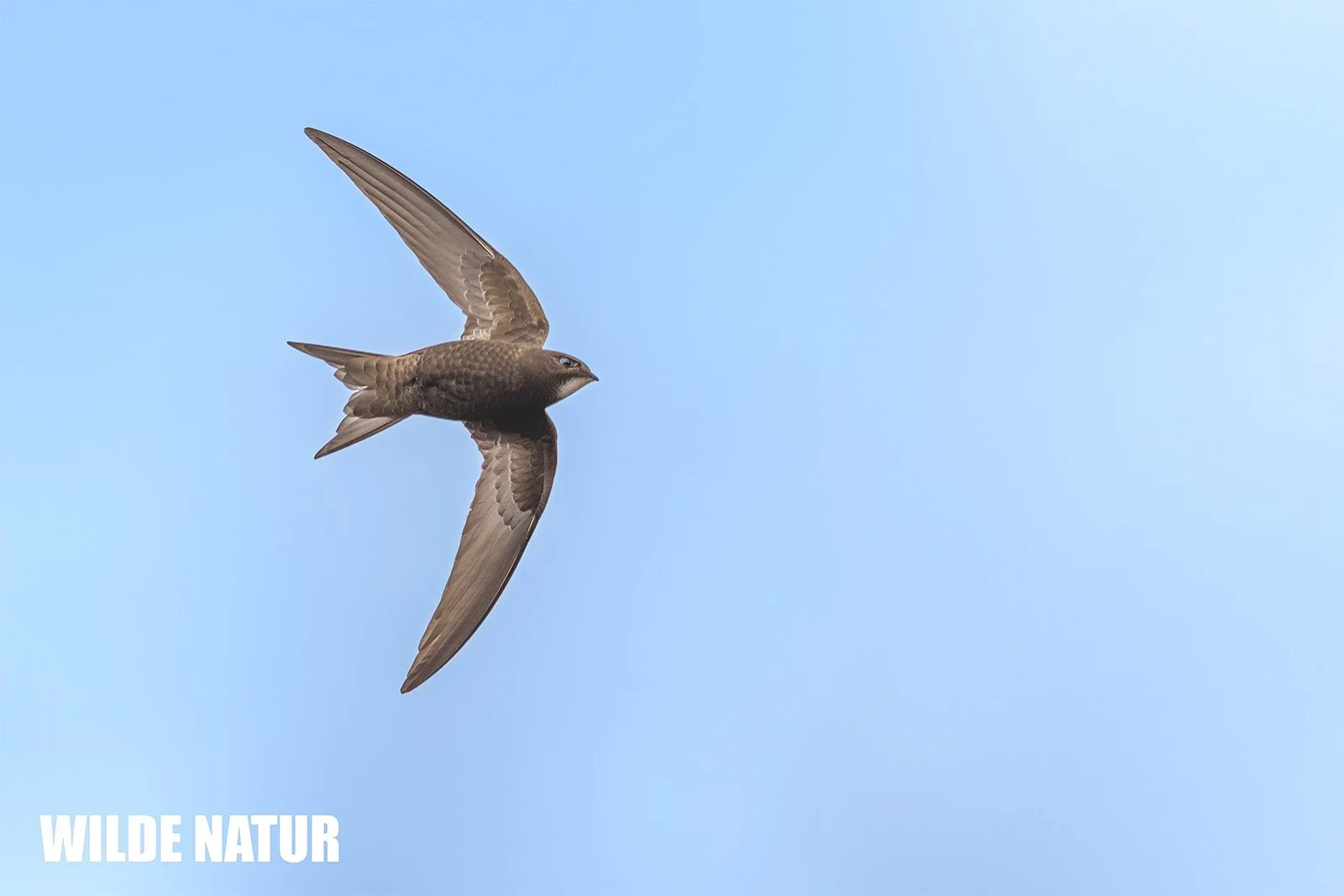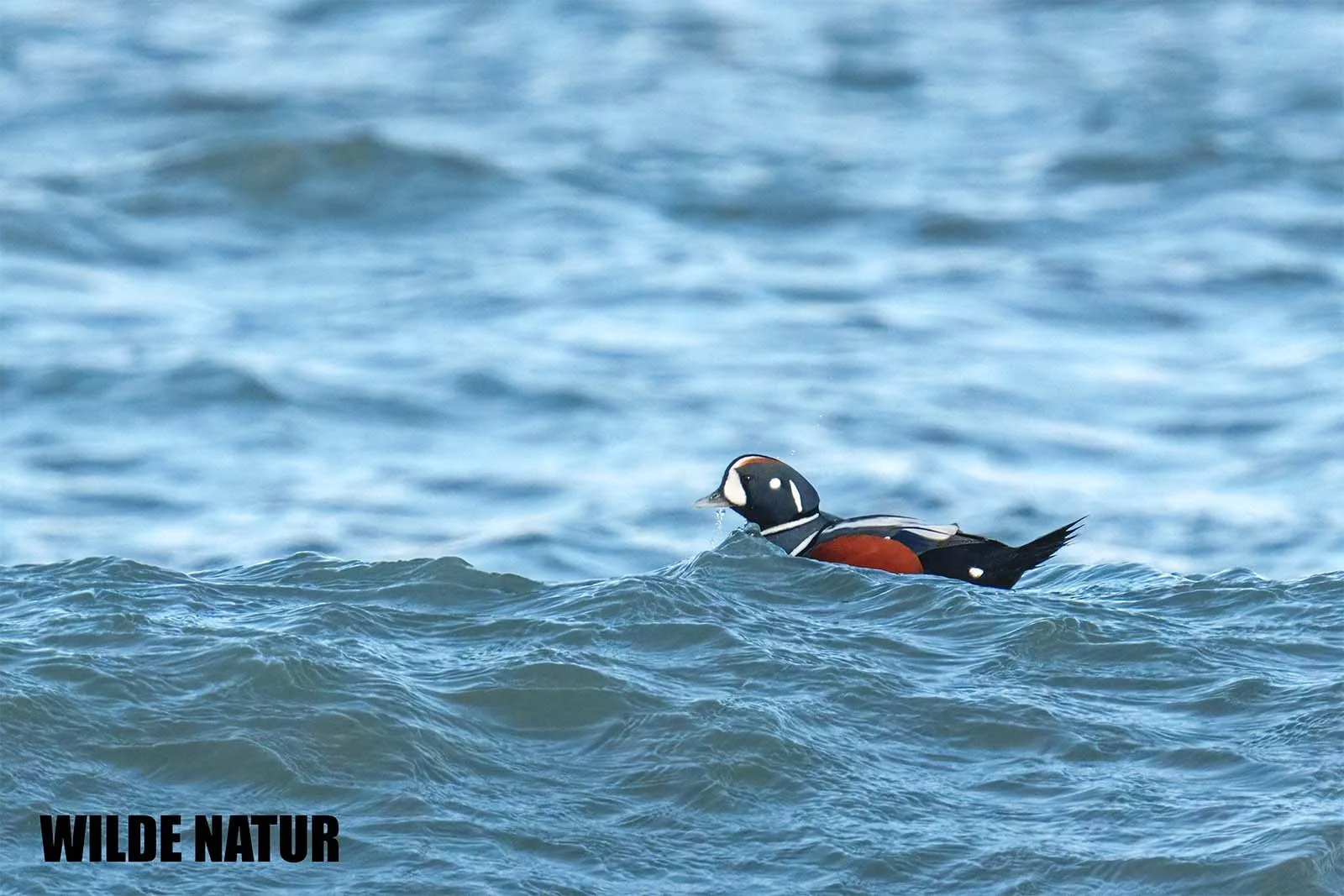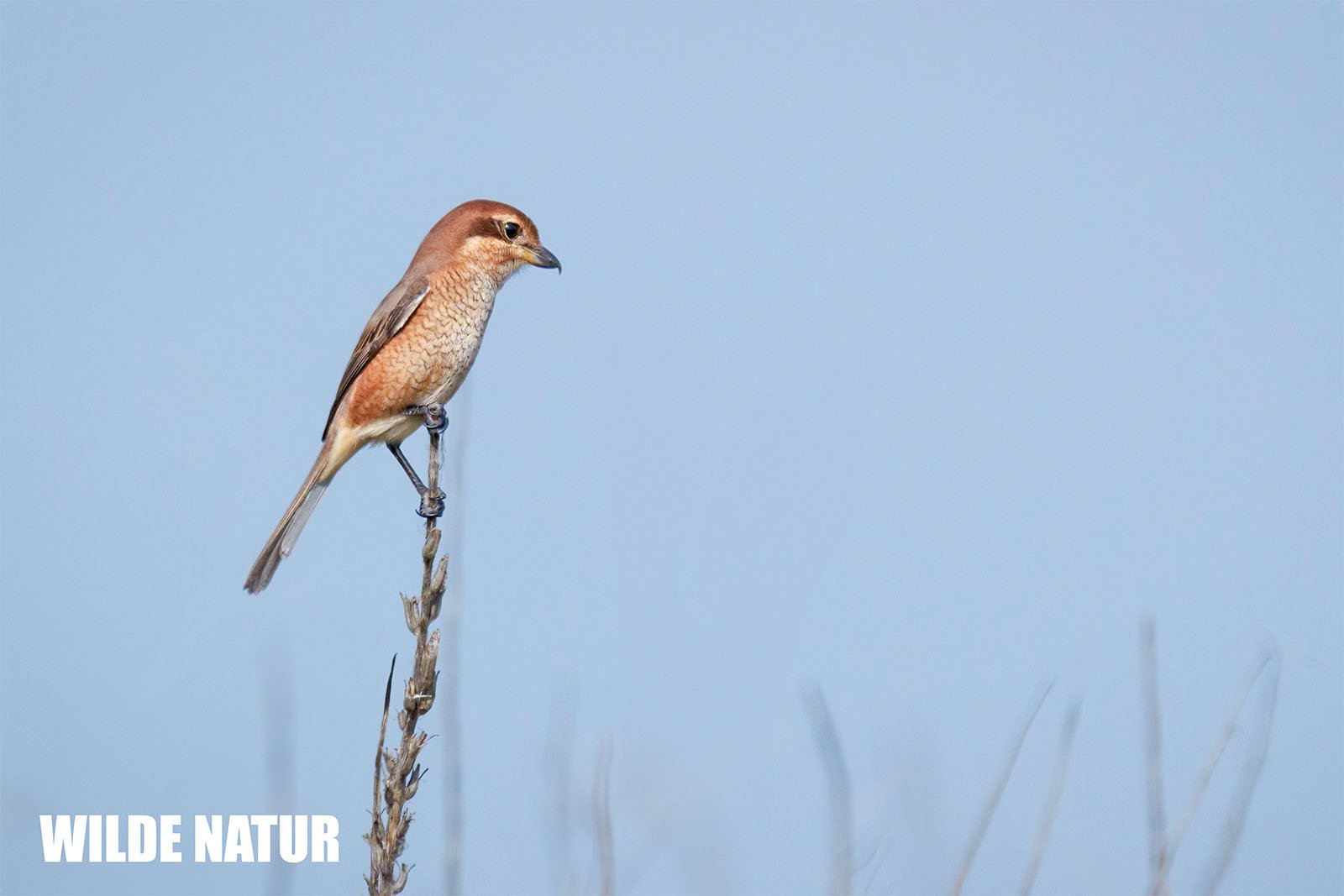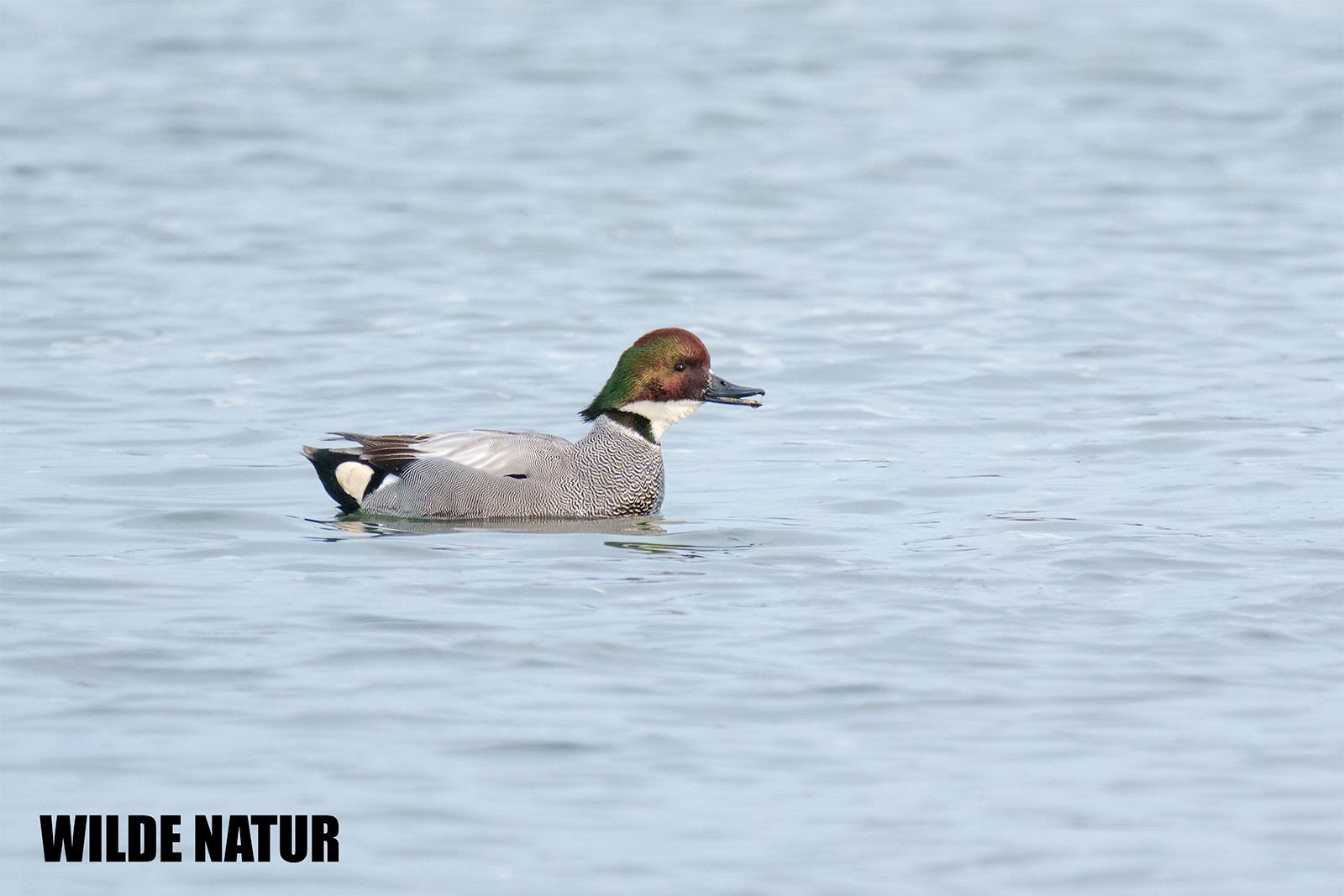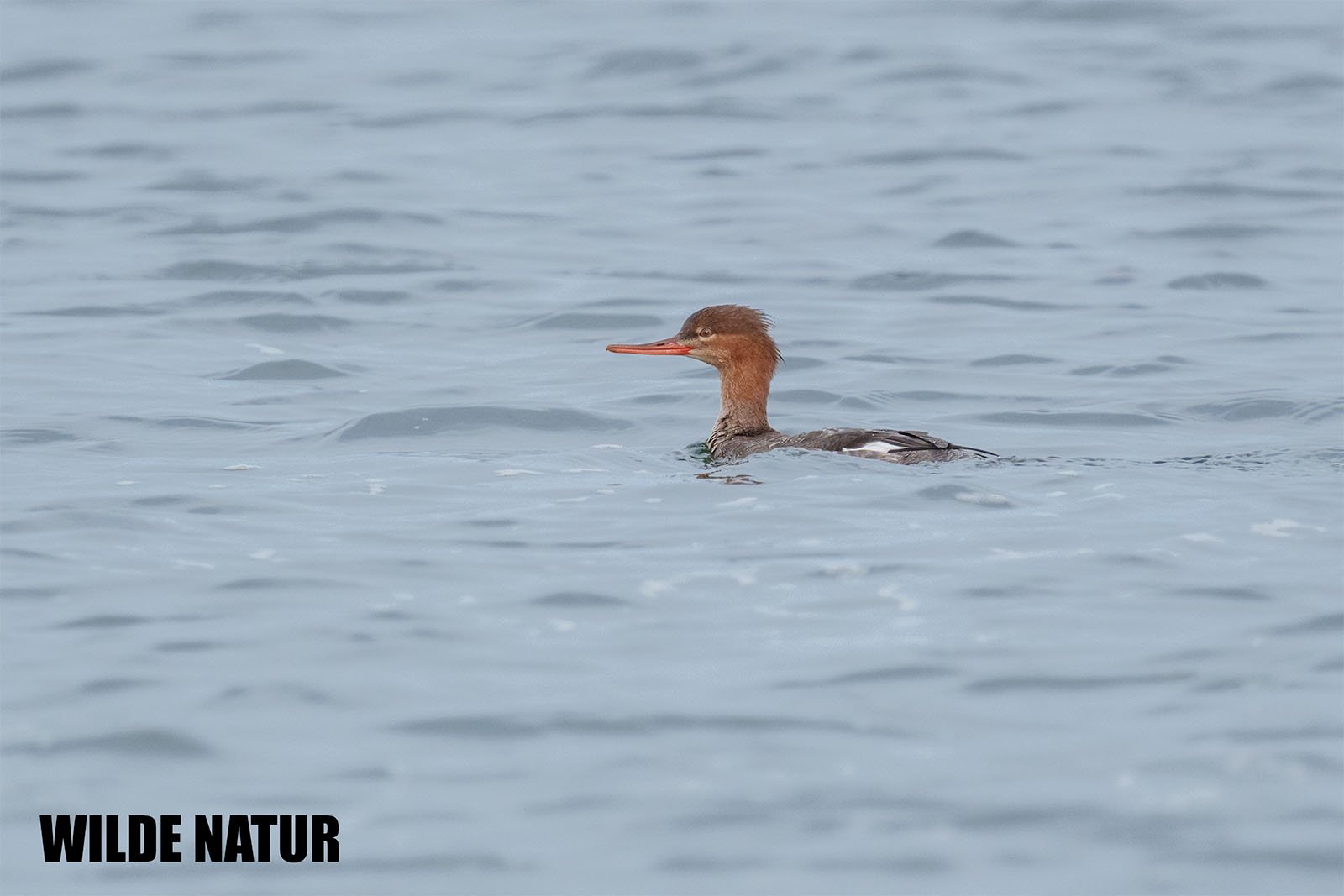Canada goose (Branta canadensis)
Canada goose (Branta canadensis) - The picture was taken in the Upper Palatinate, Bavaria.
Key Facts:
Size: 90 - 100 cm
Weight: 3.5 - 6.5 kg
Diet: Grasses, marsh and aquatic plants, herbs
Season: Resident bird
Observation Tip: Deciduous forests with ample deadwood, parks with deciduous trees
Photography Tips:
Lens: Starting from 200 mm
Difficulty Level: Easy
The Canada goose belongs to the family of waterfowl and is the most common goose worldwide. Originally, its habitat was in North America. Its migration in a characteristic V-formation to wintering grounds and back to breeding sites in the spring symbolizes the change of seasons in North America.
The Canada goose was intentionally introduced to Europe in some regions, and a large part of the current populations in Great Britain, Ireland, Scandinavia, and the Netherlands are descendants of escaped captive birds. It became a breeding bird in Germany in the 1970s.
Slightly larger than the greylag goose, the Canada goose is the largest species of goose that can be observed in Europe. Canada geese have a body length of 90 to 100 centimeters and a wingspan of 160 to 175 centimeters. However, their weight varies considerably. Male Canada geese typically weigh between 3.5 and 6.5 kilograms, while the weight of female geese ranges from 3.0 to 5.5 kilograms. The subspecies Branta canadensis maxima has been reported to weigh up to 7.5 kilograms.
During flight, Canada geese are known for their loud calls. Each Canada goose has an individual call that can be used for recognition. During migration, a lively calling is often heard throughout the night, which serves to reunite family members. When excited, geese emit a "quiik wok" call or display a sustained, shrill triumphal cry that differs by gender.
The territories needed by Canada geese include bodies of water of medium to large size, at least one meter deep, and with islands. To establish a breeding territory, geese need an area adjacent to the water where they can graze and a relatively undisturbed area where they can build nests. Geese prefer solid ground for their nests and construct them in locations from which the nesting bird can closely observe the adjacent area. In North America, nests are regularly found on muskrat burrows.
In Europe, parks, park-like grazing areas, or terrain adjacent to lakes are typically the territory sites that meet these requirements. The species has adapted more strongly to life in heavily agricultural environments here than in North America. In North America, geese are more commonly found along rivers and lakes in wooded and open landscapes.
The requirements for wintering territories are less specific. During this time, geese stay along the coast but also inland in areas such as stubble fields and grasslands.
Outside the breeding season, Canada geese live in large groups. They typically form long-term pair bonds, with mating usually occurring in the second year of life. However, geese may not successfully breed until their third year.
In summer, Canada geese mainly feed on grasses, marsh, and aquatic plants. Like greylag and barnacle geese, they typically graze on underwater plants, lying horizontally on the water surface with their heads and necks submerged. Canada geese can significantly extend their range underwater by lifting their hindquarters out of the water and performing a headstand, using vigorous paddling movements with their feet. This allows them to reach plants at depths of up to 75 centimeters.
In winter, they typically feed on land, preferably in landscape areas with short grasses and herbs that provide them with a wide field of view. Their natural habitat is shaped by large herbivores, known as megaherbivores.


